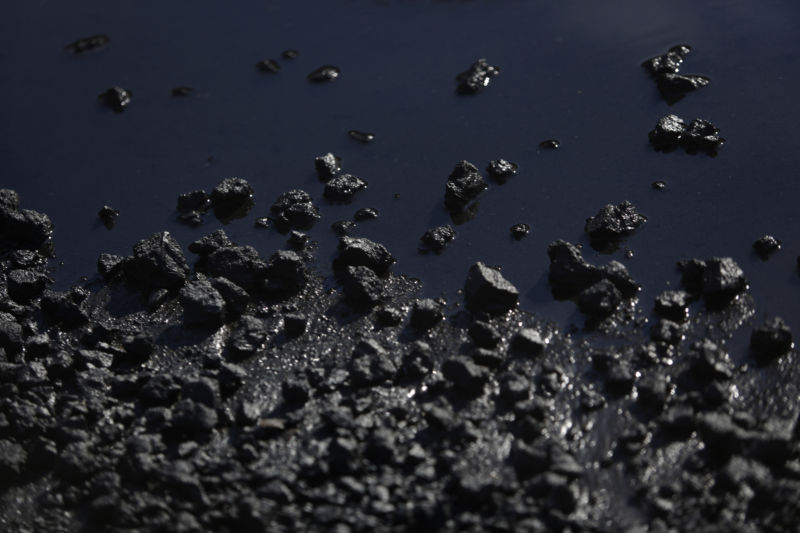
Earlier this week, the Intergovernmental Panel on Climate Change (IPCC) issued a dire warning about climate change: unless governments of the world coordinate to implement multiple long-term changes, we risk overshooting the 2°C warming scenario that countries strived to target in the Paris Agreement. This would lead to ecosystem damage, increasingly dramatic heat waves and previously irregular weather patterns in different regions, and subsequent health impacts for humans.
Retiring coal-fired power plants is a significant action that could limit our race toward an unstable future. But Australia's officials don't quite care. According to The Guardian, the country's deputy prime minister, Michael McCormack, said that Australia would "'absolutely' continue to use and exploit its coal reserves, despite the IPCC's dire warnings the world has just 12 years to avoid climate-change catastrophe."
McCormack also reportedly said that Australia would not change its coal policies "just because somebody might suggest that some sort of report is the way we need to follow and everything that we should do."
The country's previous prime minister, Malcolm Turnbull, abandoned emissions reductions targets that the nation had agreed to, and Australia's renewable energy targets are set to expire in 2020. In September, government analysis showed that Australia's greenhouse-gas emissions increased last year, and independent analysts said the country would likely not meet the greenhouse-gas emissions reductions that it committed to under the Paris Agreement. Unlike the US, Australia has not exited the Paris Agreement, but the country's current prime minister has declined to add any more money to the global climate fund.
McCormack said on Monday that coal provides 60 percent of Australia's electricity, and coal mining operations support 50,000 jobs. Australia exports significantly to other Pacific countries. One of those countries is China, which is the world's largest consumer of coal products.
But what about the big battery?
Despite Australia's coal habit, the country is also home to the world's largest grid-connected battery, a Tesla system connected to a wind farm in South Australia. The Australian Energy Market Operator recently praised the system for its quick response to frequency abnormalities on the grid. After the success of that grid-connected battery, Tesla seemed keen to install a "virtual power plant" made of distributed solar panels on Housing Authority homes. But the new South Australian premier has cast doubts about whether the plan would go forward.
On Monday, "McCormack said he 'understands the concerns' expressed in the IPCC report, but admitted he hadn't read it yet," The Guardian wrote. McCormack added in a Monday interview that coal-fired power stations would be around in Australia "for more than just 10 years."
Environment Minister Melissa Price seemed just as unconcerned as McCormack, saying that "it would be 'irresponsible' to commit to phase out coal by 2050 because clean coal technology could be available by then," the Guardian reported. Carbon Capture and Storage has not yet been proven to be an economic solution—without a price penalizing carbon emissions, adoption of CCS techniques are prohibitively expensive.
Still, Australia ranks only fourth for economic coal resources, with the US, Russia, and China ahead of it. In the US, which has the world's largest economic coal resource, the Trump administration has had a difficult time fighting to save coal. On Wednesday, US coal supplier Westmoreland filed for Chapter 11 bankruptcy in the face of $1.4 billion in debt. That makes the company the fourth major US coal supplier to file for bankruptcy in recent years due to the significant decline in coal use.
Although coal production in the US increased slightly in 2017 after years of punishing loses, 2018 is shaping up to show more declines according to the Energy Department's most recent Quarterly Coal Report. The first and second quarter of this year showed less coal produced than in each of the similar quarters last year.
reader comments
271